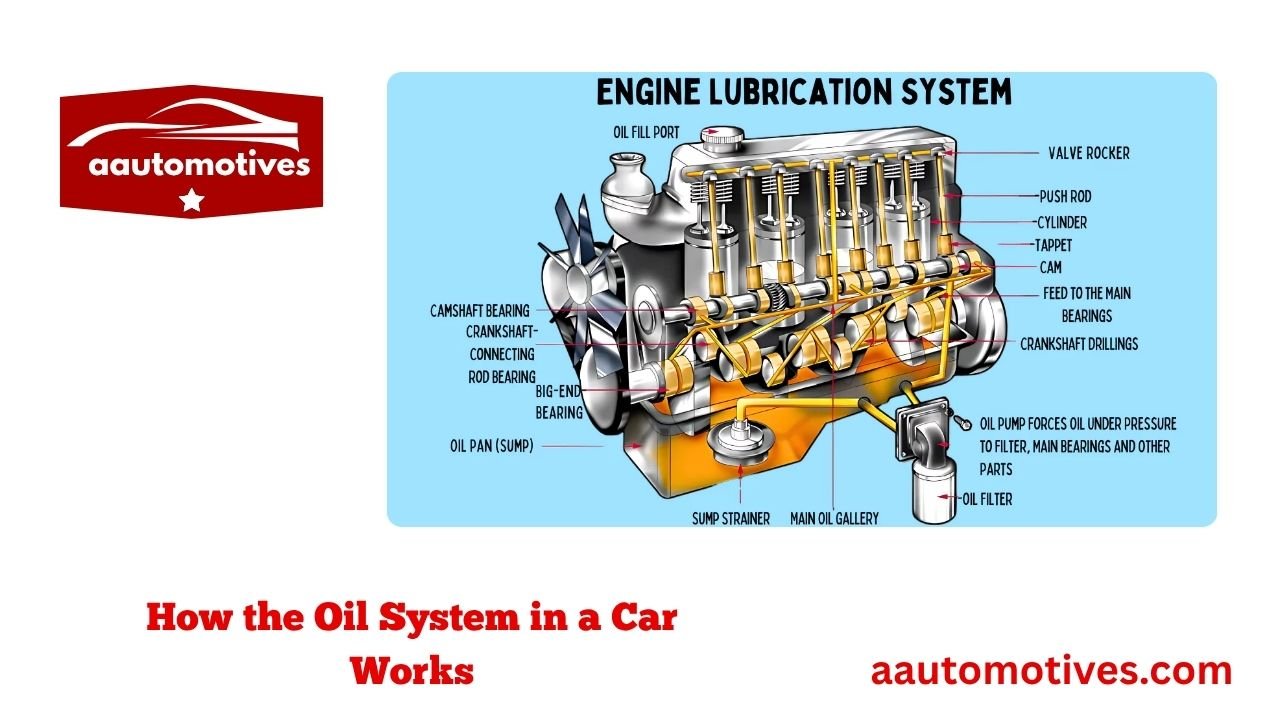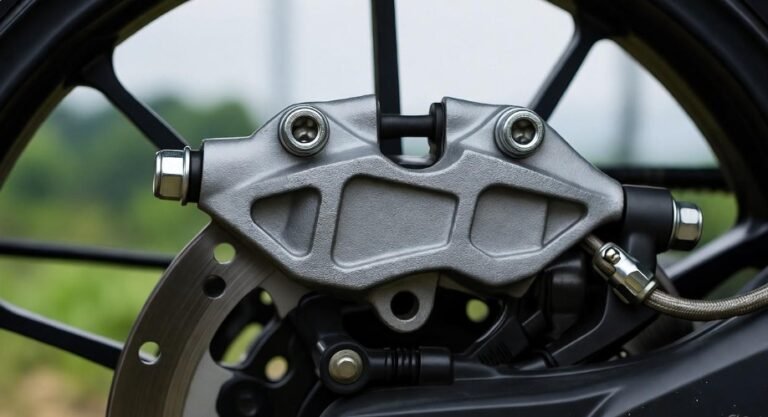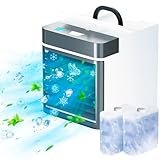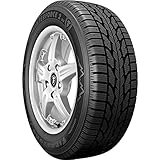How the Oil System in a Car Works

You know, sometimes the most important things in life are the ones we rarely notice—like the oil system in a car. You hop in, turn the key, and off you go. But deep inside that engine, a silent partner is working hard to keep everything running smooth. That partner? Engine oil. And it’s not just about dumping some liquid under the hood and hoping for the best.
When I first got my own car, I didn’t know much more than “change the oil every few thousand miles.” One day, my car started sounding like a grumpy blender. Turns out, a small leak in the oil system almost killed my engine. That was the day I started learning what really goes on beneath the hood.
So in this article, we’re going on a little journey together—looking into the full oil system in a car, how it works, why it matters, what happens when it goes wrong, and how to take care of it like a pro. This won’t be a boring technical lecture. Think of it as one gearhead (me) explaining things in plain English to a friend (you), because once you understand this system, you’ll never look at that little oil can icon on your dashboard the same way again.
What Is the Oil System in a Car and Why Is It So Important?

But it’s more than just fluid moving around. It’s a network of parts—oil pump, filter, pan, galleries, and valves—each doing a specific job. If one part fails, it’s like a clogged artery: the engine struggles, parts grind, and eventually, you’re facing a costly repair. The oil system not only lubricates moving parts, but it also:
-
Prevents overheating
-
Cleans out contaminants
-
Reduces wear and tear
-
Seals gaps between parts
In short, it’s your engine’s life support system. And just like your heart, it needs regular care.
Main Components of the Oil System in a Car
Let’s break down the core components of the oil system, kind of like meeting each member of a pit crew. They all work together for one purpose: engine health.
Oil Pan
This is the reservoir where oil lives when the engine is off. It’s bolted to the bottom of your engine, like a bathtub holding your car’s liquid gold.
Oil Pump
This is the heart of the system. Once the engine starts, the oil pump draws oil from the pan and pressurizes it to move it through the engine. No pump? No pressure. No pressure? No lubrication.
Oil Filter
Think of this like your liver. It catches all the grit, grime, and sludge before the oil makes its rounds again. A clogged filter means dirty oil, and dirty oil leads to engine damage.
Pressure Relief Valve
This little guardian controls oil pressure. If the pressure gets too high, it opens up and lets some oil bypass, protecting your engine from damage.
Oil Galleries
Tiny passages inside the engine block and head allow oil to reach bearings, valves, pistons, and other moving parts. They’re like the veins in your engine.
Pickup Tube
Sits in the oil pan and feeds oil to the pump. If this tube gets clogged, the engine can starve even if your oil level is fine.
How the Oil Flows: Step-by-Step Oil System Process
Let’s walk through what happens when you turn your key (or push that start button).
-
Engine starts.
-
The oil pump kicks in and draws oil through the pickup tube.
-
Oil flows to the oil filter, where dirt and metal bits are removed.
-
Clean, pressurized oil moves through oil galleries.
-
It reaches the crankshaft, camshaft, pistons, and valvetrain.
-
Oil coats all moving parts, reducing friction and heat.
-
Excess oil drains back to the pan, waiting for its next cycle.
Key Components and Their Functions
| Component | Function |
|---|---|
| Oil Pan | Stores oil when engine is off |
| Oil Pump | Pressurizes oil and moves it through system |
| Oil Filter | Removes impurities from the oil |
| Pressure Relief Valve | Maintains safe oil pressure |
| Oil Galleries | Channels oil to engine parts |
| Pickup Tube | Feeds oil from the pan to the pump |
Common Problems in the Oil System in a Car
Just like we get headaches or stomach bugs, oil systems face their own set of issues. And trust me, ignoring them is like skipping your doctor appointments—you only find out something’s wrong when it’s serious.
Oil Leaks
That brown puddle under your car? It might be an oil leak. Common culprits: gasket failure, cracked pans, or worn seals. Ignoring leaks can lead to low oil levels and engine wear.
Low Oil Pressure
When that dashboard light flickers on, it could mean the oil isn’t circulating right. Possible causes? Worn bearings, clogged filters, or failing oil pumps. If you keep driving, you’re gambling with your engine.
Dirty Oil
Oil breaks down over time. Add in dust, metal shavings, fuel residue, and suddenly you’ve got sludge. Dirty oil can’t cool or lubricate effectively.
Clogged Oil Filter
When the filter can’t breathe, oil can’t flow. And no flow = no lubrication.
Oil System Maintenance: How to Keep Things Running Smoothly
If your car’s engine is the heart, the oil system in a car is like its guardian angel. Keeping it healthy doesn’t take much, but it does take attention.
Here are some simple but powerful habits:
-
Change your oil regularly (every 3,000 to 7,500 miles depending on your vehicle)
-
Use the right oil type and viscosity for your car
-
Replace your oil filter every oil change
-
Check your oil level monthly (especially before road trips)
-
Listen to your car—weird noises, smoke, or smells could mean oil trouble
Bullet List: Signs Your Oil System Needs Attention
-
Dashboard oil light stays on
-
Burning oil smell
-
Knocking or ticking sounds
-
Low oil level
-
Dark, gritty oil on the dipstick
Personal Story: The Time I Ignored the Oil Light
Back in college, I was broke and driving a beat-up Toyota Corolla. The oil light came on during finals week, and I thought, “I’ll deal with it after exams.” Big mistake. One morning, the engine seized. I had to borrow money just to tow it. The mechanic said the oil pump had failed, and the engine was toast.
That $20 oil change I skipped cost me a $1,500 engine. Since then, I’ve never messed around with the oil system in a car. Lesson learned: ignore oil, pay the price.
Synthetic Oil vs Conventional Oil: Does It Matter for the Oil System?
Here’s a question I get a lot—“Should I use synthetic oil or stick with conventional?” To be honest, it depends on your car, your driving style, and how long you want your engine to last. But here’s a breakdown to help you decide.
Conventional oil is mineral-based and works just fine for older cars or standard engines that aren’t pushed too hard. It’s cheaper, yes—but it breaks down faster under high heat and stress.
Synthetic oil, on the other hand, is engineered in labs. It resists breakdown, handles extreme temperatures like a champ, and flows better, especially in cold starts. That means less wear on the oil system in a car, particularly for modern engines with turbochargers or high compression ratios.
Comparing Synthetic and Conventional Oil
| Feature | Synthetic Oil | Conventional Oil |
|---|---|---|
| Heat resistance | Excellent | Moderate |
| Flow at cold temps | Superior | Thicker and slower |
| Longevity | 7,500 – 15,000 miles | 3,000 – 5,000 miles |
| Cost | Higher upfront | Lower upfront |
| Engine protection | Advanced | Basic |
If you love your car and want the oil system in a car to stay cleaner and work better longer, synthetic oil is usually the smarter choice.
Upgrades to Improve Your Car’s Oil System
Believe it or not, you can upgrade parts of the oil system—especially if you’re into performance driving or towing heavy loads. Think of it as giving your car a health supplement.
High-Performance Oil Filters
These trap finer particles and often have metal casings for durability under extreme heat. Perfect for sports cars or long-haul drivers.
Larger Oil Pans
A larger pan holds more oil, helping your system stay cooler and reducing the risk of starvation during hard turns or steep climbs.
Oil Coolers
Just like a radiator cools your engine, an oil cooler regulates oil temperature, which is crucial when you’re pushing your engine to its limits.
Synthetic Oil Additives
Some drivers use additives to boost protection, especially in older engines. But be careful—not all additives are helpful, and some can mess with the chemical balance of your oil.
When to Get Your Oil System Inspected
Even if you’re on top of oil changes, sometimes problems are brewing underneath. Here are some key moments when you should get your oil system checked:
-
After buying a used car
-
Before a long road trip
-
If you notice oil on the ground
-
If your engine runs hotter than usual
-
When your oil change light comes on before expected
Your mechanic can check oil pressure, look for blockages, test the pump, and inspect the filter. Think of it as a routine check-up for your car’s vital organs.
DIY Oil Check: Become Your Car’s Best Friend
You don’t have to be a mechanic to keep tabs on the oil system in a car. In fact, one of the best things you can do is a simple dipstick check once a month.
Here’s how I do it:
-
Park on a level surface and turn off the engine.
-
Wait 10 minutes for the oil to settle.
-
Pull out the dipstick, wipe it clean, then insert it again.
-
Pull it out and check the level—it should be between the two markers.
-
Look at the color: golden = good, dark and sludgy = time to change.
It only takes a minute, but it can save you thousands down the road.
FAQs About the Oil System in a Car
Here are some common questions drivers ask—and straight-to-the-point answers to help you feel confident.
1. How often should I change the oil in my car?
Most modern cars need an oil change every 5,000 to 7,500 miles. If you use synthetic oil, you might go up to 10,000+ miles, but always check your owner’s manual.
2. Can I switch between synthetic and conventional oil?
Yes, switching back and forth won’t hurt your engine. But consistency helps your oil system in a car stay cleaner and more efficient.
3. What happens if my oil pump fails?
Your engine will lose oil pressure, and without lubrication, metal parts will grind together and overheat. If you suspect this, stop driving immediately.
4. What are the signs of low oil pressure?
Warning lights, strange ticking sounds, overheating, or poor performance are all signs. Get it checked before serious damage occurs.
5. How do I know what oil type to use?
Check your vehicle’s owner manual or talk to a trusted mechanic. Using the wrong viscosity can mess with flow rates and protection levels.
6. Is dark oil always a bad sign?
Not always. Oil naturally gets darker as it absorbs heat and particles. But gritty or sludgy oil definitely needs changing.
7. Can cold weather affect the oil system?
Absolutely. Cold thickens oil, making it harder to flow. That’s why synthetic oils are better for winter—they stay fluid at low temps.
8. Do electric cars need oil?
Electric vehicles don’t have traditional engines, so they don’t use engine oil. But hybrids and plug-ins still have oil systems and need maintenance.
Conclusion: Respect the Oil, Respect the Engine
Let me say this from the heart—if there’s one part of your car you should never ignore, it’s the oil system in a car. It may not shine like your paint job or roar like your exhaust, but it’s what keeps everything else running.
From my own rookie mistakes to the lessons I’ve learned turning wrenches and reading manuals, I can tell you this: regular oil checks, timely changes, and using the right products can literally double the life of your engine.
And hey, the next time someone tells you oil is just oil, you’ll know better. You’ll know it’s a lifeline, a cooling agent, a cleaning crew, and a protector—all wrapped into one golden liquid.
Treat your oil system right, and it’ll reward you with smoother drives, fewer repairs, and peace of mind every time you start your engine.






